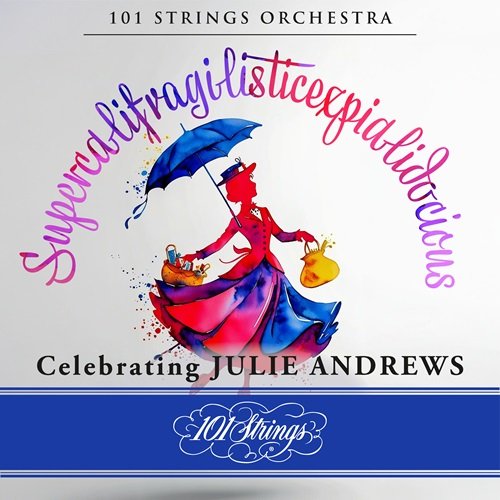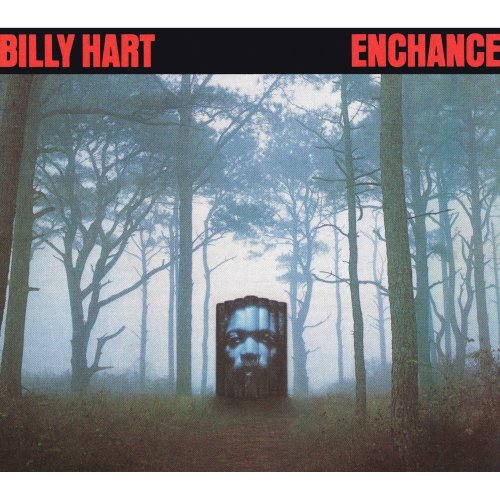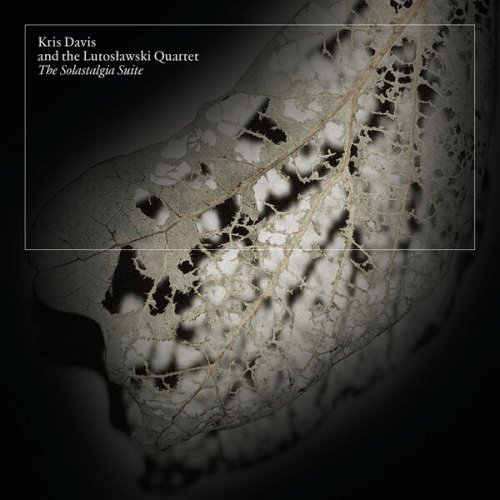Markus Stockhausen, Ferenc Snetberger, Arild Andersen, Patrice Heral - Joyosa (2004)
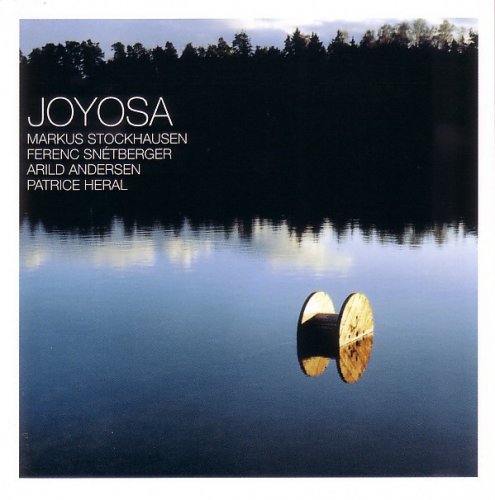
Artist: Markus Stockhausen, Ferenc Snetberger, Arild Andersen, Patrice Heral
Title: Joyosa
Year Of Release: 2004
Label: Enja Records
Genre: Modern jazz
Quality: FLAC (image+.cue,log)
Total Time: 58:36
Total Size: 324 MB
WebSite: Album Preview
Tracklist:Title: Joyosa
Year Of Release: 2004
Label: Enja Records
Genre: Modern jazz
Quality: FLAC (image+.cue,log)
Total Time: 58:36
Total Size: 324 MB
WebSite: Album Preview
1 Gio
2 Basswave
3 Madhawi
4 Gomme
5 Joyosa
6 Mona
7 Freund
8 Our Father
9 Jasmin
10 The Waltz
The sign of true artistry in music is the ability to transcend boundaries and be as broad as possible. While there are those who work endlessly to hone the finer points of a particular style, arguably the ones who make the most impact are those who can rise above disposition and blend into any context. Even more remarkable is a group of musicians who have already created a work in a specific genre, and show the capability of migrating as a whole, into a completely different area. Such is the case with trumpeter Markus Stockhausen, bassist Arild Andersen and percussionist Patrice Heral, last heard together with guitarist Terje Rypdal on 2000's Karta . With Rypdal replaced by classical guitarist Ferenc Snetberger, Joyosa is the yin to Karta 's yang; organic and composition-based rather than electronic and free-improvisationally-oriented.
While there were compositions on Karta , the bulk of the album was a collection of finely-tuned edits from a single ninety-minute improvisation. On Joyosa the emphasis is more on writing, with Andersen and Stockhausen being the primary contributors, but strong showings also from Snetberger and Heral. Pensive and inward-looking for the most part, there is still much joy to be found in the composition and the playing. Contrasted with Karta's more ambient textures, the music on Joyosa has a folk-like naivetA©.
That's not to say the group eschews electronics entirely. The introduction to Andersen's "Gio" is bathed in reverb, and there are delays and the appearance of loops on Andersen's "The Waltz" which create the impression of looking out the window on a dim, rainy day, but the overall impression is more earthy and natural.
Andersen's "Basswave" has an elliptical theme that seems to feel at once rooted in the heat of India and the cool of the Norwegian landscape. There's something Latin about Snetberger's "Madhawi," but something distinctly European in its impressionism as well. One of the most notable characteristics of the recording, in fact, is how it manages to blur a number of genre boundaries, while still creating a focused sound that bridges the various gaps. Stockhausen's "Freund" begins as a rubato tone poem, but ultimately becomes a more rhythmically-charged piece that even manages, at one point, to swing hard and fast.
Stockhausen is as lyrical as he's ever been, with his flugelhorn sometimes reminiscent of the plaintive melancholy of Kenny Wheeler. Andersen's characteristic resonance brings a lushness to the bottom end that is warm and appealing. Snetberger comes, in part, from Ralph Towner, but is equally informed by flamenco and samba music. Heral is the delicate accompanist, equally at home at the kit or on hand percussion.
While Joyosa is a demonstration that a core group of musicians, suitably broad, can tackle almost any kind of music, it is not lacking in identity. Regardless of the context, the faces of the musicians are clear and distinct, making Joyosa one of the finer records of 2004
While there were compositions on Karta , the bulk of the album was a collection of finely-tuned edits from a single ninety-minute improvisation. On Joyosa the emphasis is more on writing, with Andersen and Stockhausen being the primary contributors, but strong showings also from Snetberger and Heral. Pensive and inward-looking for the most part, there is still much joy to be found in the composition and the playing. Contrasted with Karta's more ambient textures, the music on Joyosa has a folk-like naivetA©.
That's not to say the group eschews electronics entirely. The introduction to Andersen's "Gio" is bathed in reverb, and there are delays and the appearance of loops on Andersen's "The Waltz" which create the impression of looking out the window on a dim, rainy day, but the overall impression is more earthy and natural.
Andersen's "Basswave" has an elliptical theme that seems to feel at once rooted in the heat of India and the cool of the Norwegian landscape. There's something Latin about Snetberger's "Madhawi," but something distinctly European in its impressionism as well. One of the most notable characteristics of the recording, in fact, is how it manages to blur a number of genre boundaries, while still creating a focused sound that bridges the various gaps. Stockhausen's "Freund" begins as a rubato tone poem, but ultimately becomes a more rhythmically-charged piece that even manages, at one point, to swing hard and fast.
Stockhausen is as lyrical as he's ever been, with his flugelhorn sometimes reminiscent of the plaintive melancholy of Kenny Wheeler. Andersen's characteristic resonance brings a lushness to the bottom end that is warm and appealing. Snetberger comes, in part, from Ralph Towner, but is equally informed by flamenco and samba music. Heral is the delicate accompanist, equally at home at the kit or on hand percussion.
While Joyosa is a demonstration that a core group of musicians, suitably broad, can tackle almost any kind of music, it is not lacking in identity. Regardless of the context, the faces of the musicians are clear and distinct, making Joyosa one of the finer records of 2004
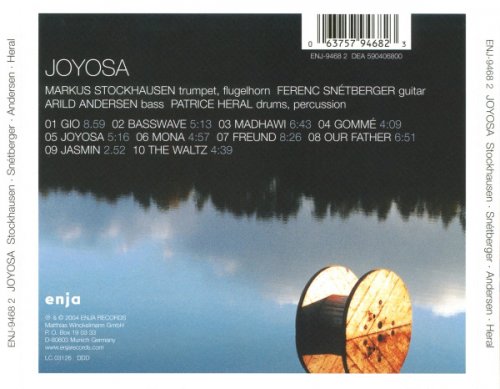
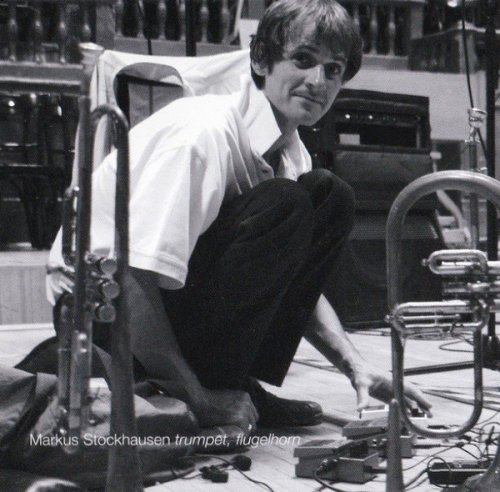
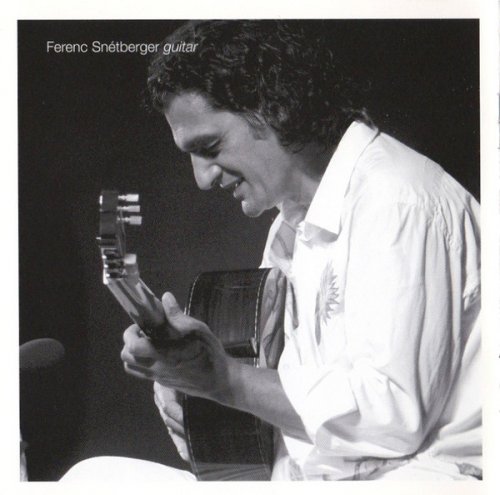
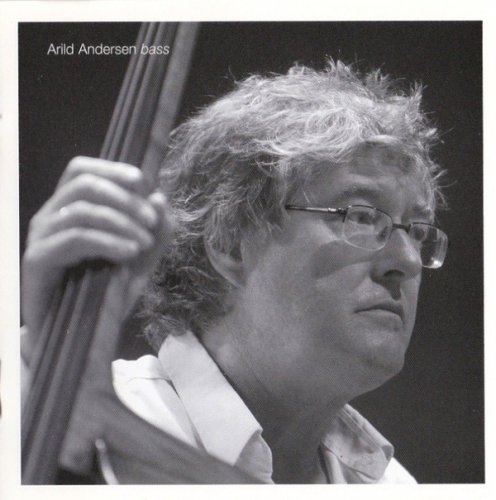
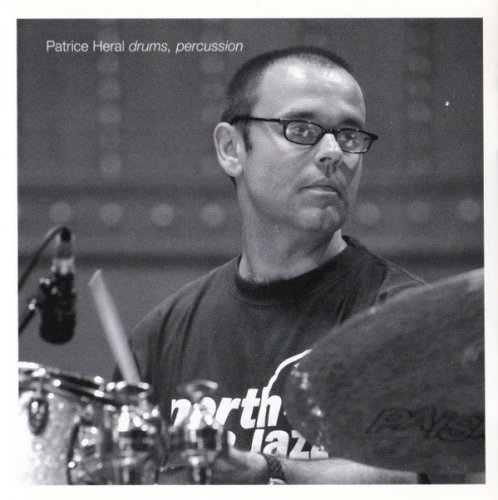
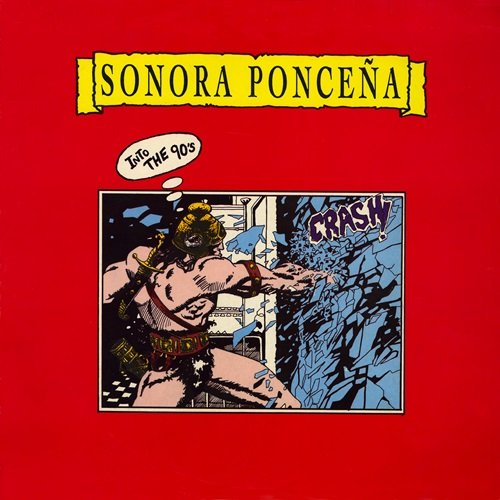
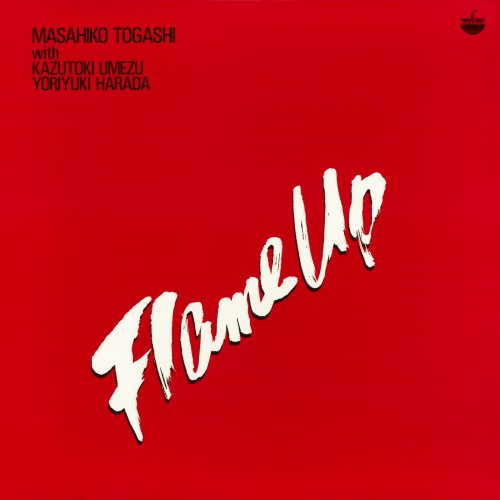
![Pauli Lyytinen - Rabbit Hole (2026) [Hi-Res] Pauli Lyytinen - Rabbit Hole (2026) [Hi-Res]](https://img.israbox.com/img/2026-01/07/rh1ibfj0mqsrzvd9597ic0qrl.jpg)
![Erika Dohi - I, Castorpollux (2021) [Hi-Res] Erika Dohi - I, Castorpollux (2021) [Hi-Res]](https://www.dibpic.com/uploads/posts/2026-01/1767510062_a3988539433_10.jpg)

![Don Leisure - Halal Cool J (2019) [Hi-Res] Don Leisure - Halal Cool J (2019) [Hi-Res]](https://www.dibpic.com/uploads/posts/2019-05/1557043283_folder.jpg)
